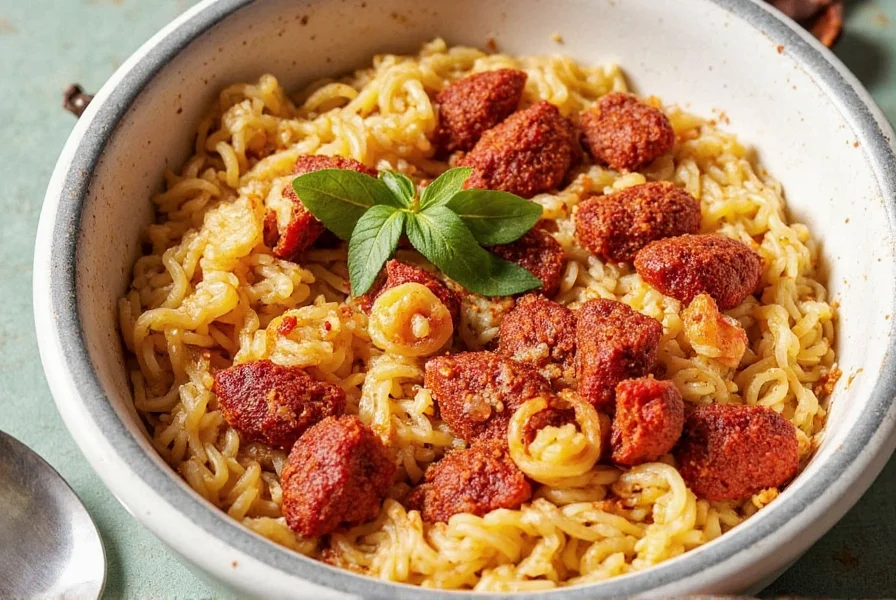
Looking for Aleppo chili pepper substitutes? These 5 alternatives deliver the perfect flavor and heat for any dish. Whether you need a 1:1 replacement or a budget-friendly option, we've got you covered with exact substitution ratios, heat levels (SHU), and recipe tips.
| Substitute | Heat Level (SHU) | Flavor Notes | Best Use | Pro Tips |
|---|---|---|---|---|
| Crushed Red Pepper Flakes | 25,000–50,000 | Spicy, straightforward heat | Pizza, pasta sauces | Use half the quantity |
| Ancho Chili Powder | 1,000–2,000 | Sweet, smoky, fruity | Moles, soups | Add smoked paprika for depth |
| Maras Pepper | 10,000–15,000 | Smoky, fruity, aromatic | Meat rubs, flatbreads | Great in oil-based dishes |
| Cayenne Pepper Powder | 30,000–50,000 | Sharp, pungent | Hot sauces, curries | Use sparingly |
| Pimentón de la Vera (Smoked Paprika) | Varies (mild to medium) | Deep smoky, sweet | Paella, grilled seafood | Mix with black pepper for heat |
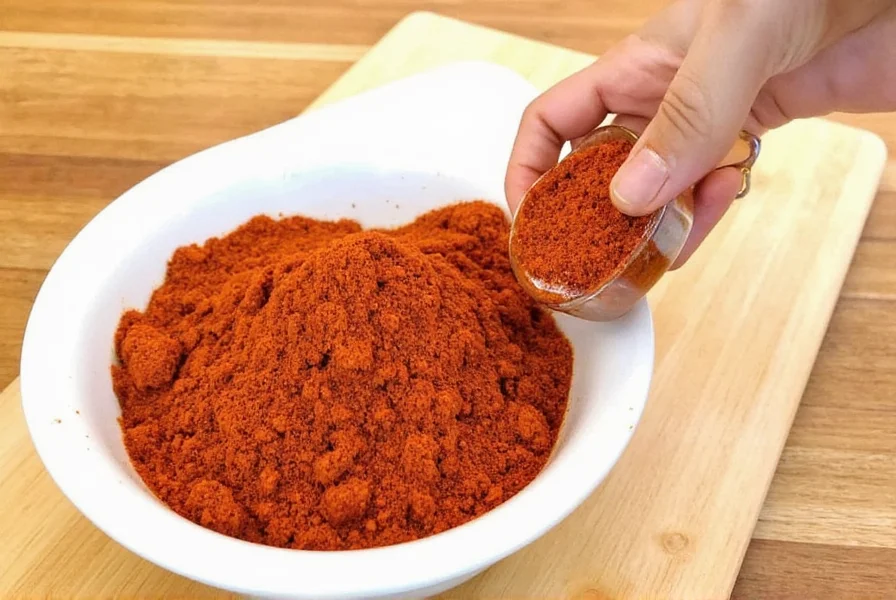
Aleppo chili pepper (also called Halaby chili) is a type of moderately hot chili commonly used in Middle Eastern and Mediterranean cuisines. It has a distinctive earthy, smoky, and slightly fruity flavor profile with a heat level between 10,000–15,000 Scoville units — similar to a jalapeño but more complex in flavor.
- Heat Level: Medium-hot
- Flavor Profile: Earthy, fruity, smoky, with slight saltiness
- Common Uses: Dishes like kebabs, hummus, shakshuka, lamb, stews, and rubs
- Form: Typically sold as flakes or powder
🌶️ Top 5 Aleppo Chili Pepper Substitutes
1. Crushed Red Pepper Flakes
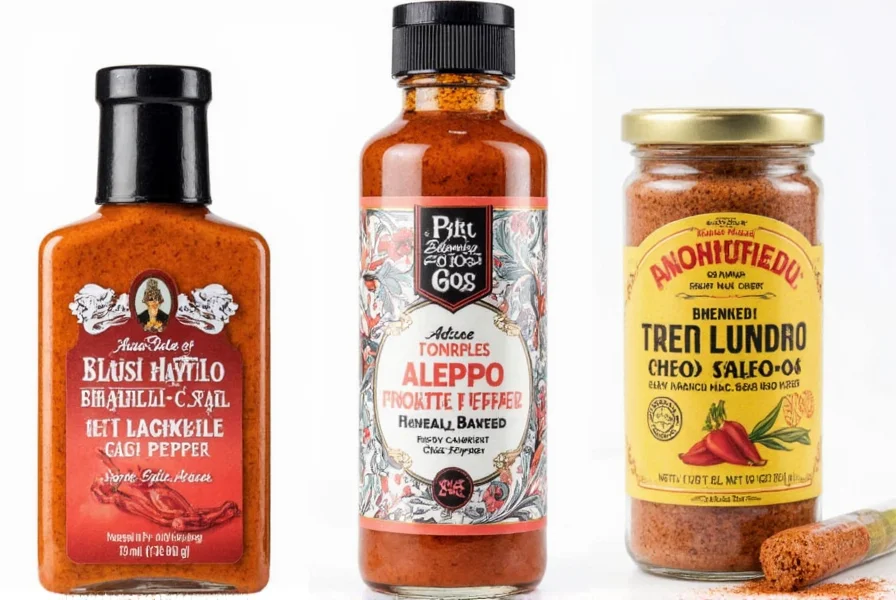
Crushed red pepper flakes are made from various types of dried chilies like cayenne, making them a readily available and easy-to-use alternative.
- Heat Level: Similar or slightly hotter than Aleppo
- Flavor: Spicy, clean heat with less complexity
- Best For: Pizza, pasta, marinara sauces, soups
- Usage Tip: Use half the amount first and adjust to taste since they can be spicier than Aleppo.
2. Ancho Chili Powder
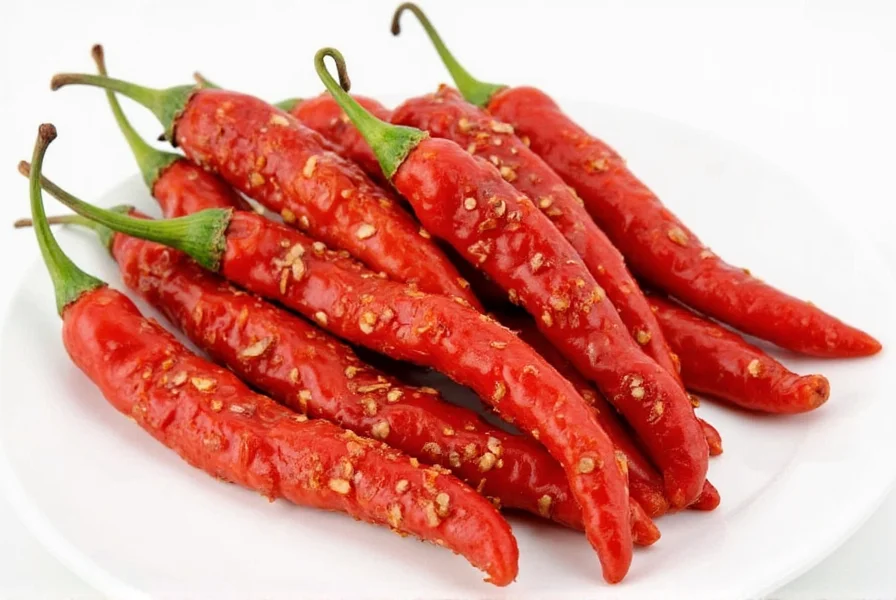
Ancho chili powder comes from dried poblano peppers and offers a mild, sweet, and slightly smoky flavor.
- Heat Level: Milder than Aleppo (about 1,000–2,000 SHU)
- Flavor: Sweet, fruity, smoky undertones
- Best For: Moles, chili con carne, soups, stews
- Usage Tip: Mix with smoked paprika or cumin to boost depth and warmth when replacing Aleppo.
3. Maras Pepper (Isot Biberi)
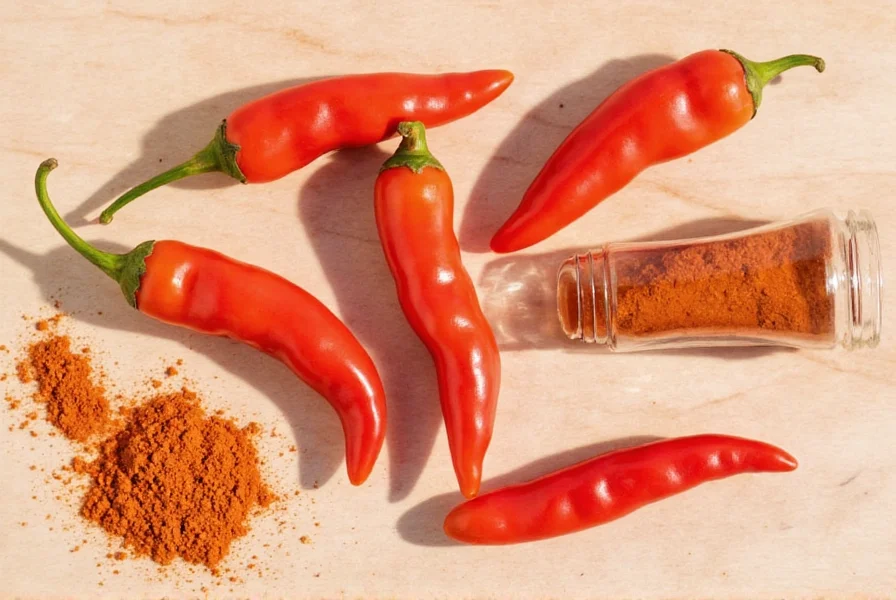
Also known as Turkish red pepper flakes or Isot biberi, Maras pepper is very close to Aleppo in flavor — smoky, rich, and slightly oily.
- Heat Level: Comparable to Aleppo
- Flavor: Smoky, fruity, aromatic
- Best For: Grilled meats, dips, roasted vegetables, and flatbreads
- Usage Tip: Great in oil-based recipes; toss with olive oil and drizzle over finished dishes.
4. Cayenne Pepper Powder
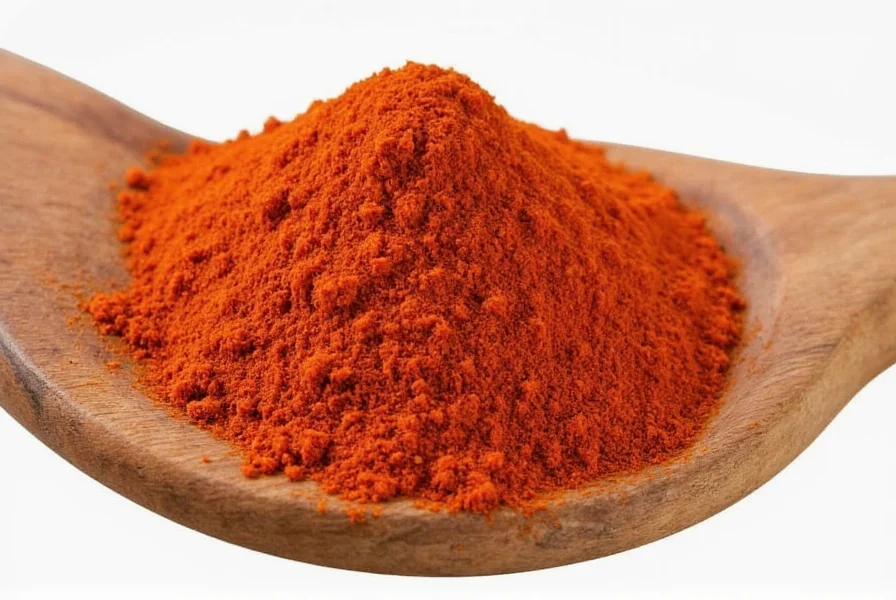
Cayenne pepper is one of the most widely used spices around the globe and can work well when you need a quick replacement.
- Heat Level: Significantly hotter than Aleppo (30,000–50,000 SHU)
- Flavor: Sharp, pungent, clean heat
- Best For: Hot sauces, curries, spice blends
- Usage Tip: Use sparingly and combine with paprika or citrus zest to balance out the intense heat.
5. Pimentón de la Vera (Smoked Spanish Paprika)
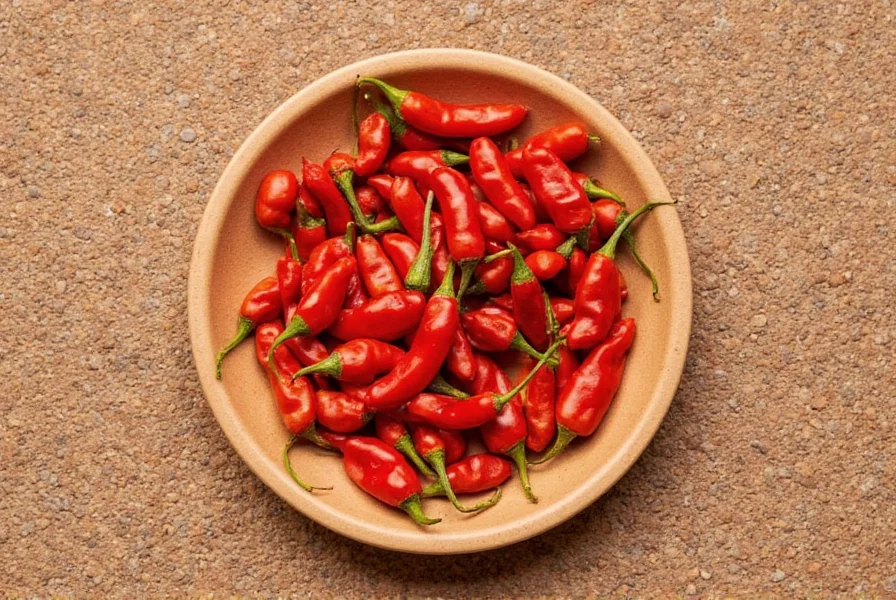
This spice brings a deep, smoky flavor and can offer some heat depending on the variety (sweet, bittersweet, or spicy).
- Heat Level: Can be mild to medium (depends on variety)
- Flavor: Richly smoky, woody, with sweet undertones
- Best For: Paella, chorizo, grilled seafood, stews
- Usage Tip: Blend with crushed black pepper or cayenne for added heat when replacing Aleppo.
🛒 Buying Guide: How to Choose the Best Aleppo Chili Substitute
Not all substitutes are created equal. Here's how to pick the perfect one based on your needs:
1. Consider Your Heat Tolerance
If you love a little kick but don't want your mouth on fire, opt for milder options like Ancho chili powder or sweet smoked paprika. For a stronger punch, go with cayenne or crushed red pepper flakes.
2. Think About Flavor Compatibility
Match the substitute to your dish. For example:
- Grilled meat or veggies? Go with Maras pepper or a mix of ancho + smoked paprika.
- Italian dishes? Stick with crushed red pepper flakes.
- Mediterranean-style stews? Try Maras or pimentón.
3. Look for Quality Brands

When buying any chili product, look for organic, non-irradiated, and additive-free labels. Some trusted brands include:
- Maras Pepper: Turkish Feast, Bazaar Spices
- Ancho Chili Powder: Simply Organic, Frontier Co-op
- Crushed Red Pepper Flakes: McCormick, La Flor
- Cayenne Powder: NOW Foods, Badia
- Smoked Paprika: La Dalia, El Guapo
4. Check Freshness
Ground spices lose potency over time. Make sure your chili powders or flakes are sealed properly and purchased from a reputable seller with high turnover. If it smells weak or bland, it's probably old and won't deliver much flavor.
💡 Pro Tips for Using Aleppo Chili Substitutes
- Toast before use: Lightly toast whole chilies or spices in a dry pan to enhance flavor.
- Make your own blend: Combine ancho powder + paprika + a pinch of cayenne for a homemade Aleppo-like mix.
- Oil infusion: Infuse crushed chilies into olive oil for a versatile finishing touch.
- Balance the flavor: Add citrus zest or vinegar to brighten up richer spice mixes.
- Freeze extra: Store unused chili products in the freezer to extend shelf life and preserve freshness.
🍳 Recipes to Try with Aleppo Chili Substitutes
1. Smoky Eggplant Dip (Using Maras Pepper)
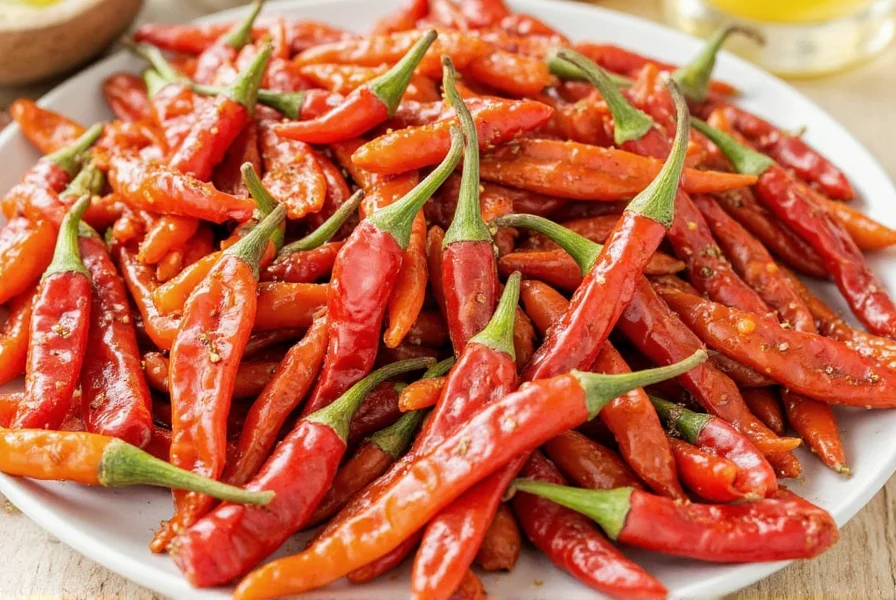
Use Maras pepper instead of Aleppo for a richer, more aromatic version of baba ganoush. Just roast eggplant, mash with tahini and garlic, then stir in olive oil and a sprinkle of Maras pepper.
2. Mexican-Style Chili Oil (Using Cayenne)
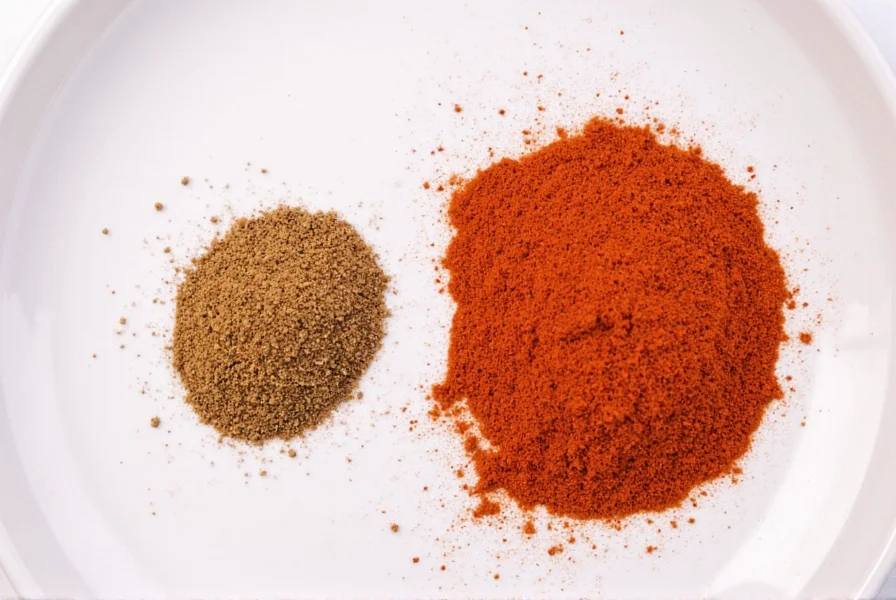
Mix cayenne pepper with crushed garlic, toasted sesame seeds, and scalding hot oil. Let cool and store in a dark bottle. Great for dumplings, noodles, or rice bowls.
3. Spanish-Inspired Roasted Chicken (Using Smoked Paprika)
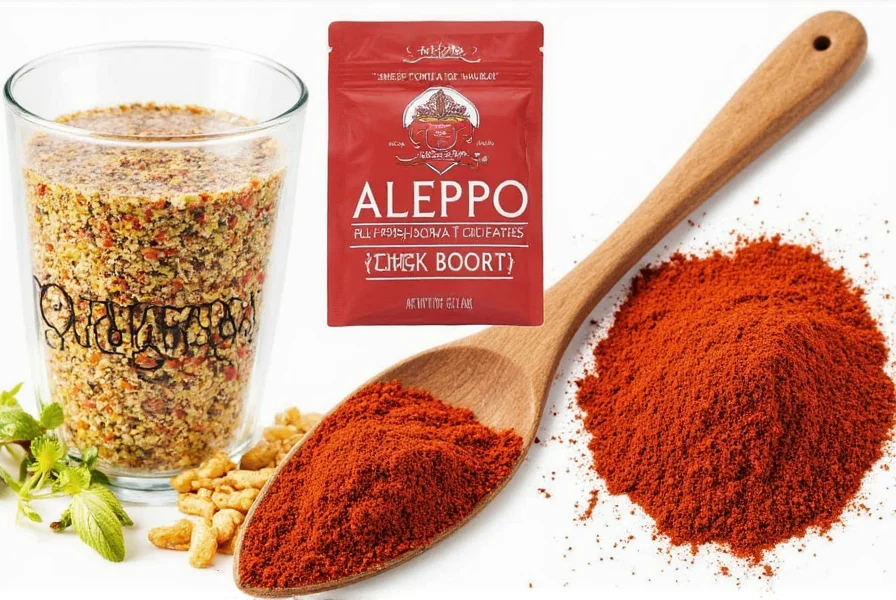
Replace Aleppo with smoked paprika and add a pinch of black pepper for a warm, earthy crust. Serve with lemon and rosemary for a balanced finish.
❓ Frequently Asked Questions (FAQ)
What's the closest substitute for Aleppo chili peppers?
Maras pepper (also called Isot biberi or Turkish red pepper) is the closest substitute, offering nearly identical flavor profile, heat level (10,000-15,000 SHU), and aromatic qualities. If you can find Maras pepper, it's the best 1:1 replacement for Aleppo chili.
Can I make my own Aleppo chili pepper substitute?
Yes! Combine 2 parts mild paprika, 1 part cayenne pepper, and 1 part garlic powder. For better approximation, add a pinch of salt and a few drops of olive oil to recreate Aleppo's characteristic slight saltiness and oily texture. Store in an airtight container for up to 6 months.
How much substitute should I use compared to Aleppo peppers?
This depends on the substitute:
- For Maras pepper: Use 1:1 ratio
- For crushed red pepper flakes: Use half the amount
- For cayenne: Use 1/4 the amount
- For ancho powder: Use 1.5x the amount
- For smoked paprika: Use equal amount plus a pinch of black pepper
Are Aleppo peppers the same as Turkish peppers?
Aleppo peppers and certain Turkish peppers (specifically Maras pepper or Isot biberi) are very similar and often used interchangeably. Both come from the same Capsicum annuum species and have comparable heat levels and flavor profiles, though Aleppo peppers typically have a slightly fruitier taste.
Why are Aleppo peppers so expensive or hard to find?
Aleppo peppers have become harder to find and more expensive due to the Syrian civil war, which disrupted traditional growing regions. Most "Aleppo" peppers sold today actually come from Turkey (where they're called Maras pepper) or other Middle Eastern countries, but true Syrian Aleppo peppers remain scarce.
Can I use regular paprika instead of Aleppo pepper?
You can use regular paprika, but it won't provide the same heat level or complexity. Sweet paprika is much milder (0-500 SHU) with no heat. For better results, use smoked paprika (pimentón) which offers depth, and add a pinch of cayenne for heat. Hungarian paprika can work in some recipes but lacks the fruitiness of Aleppo.
📌 Final Thoughts: Which Substitute Should You Choose?
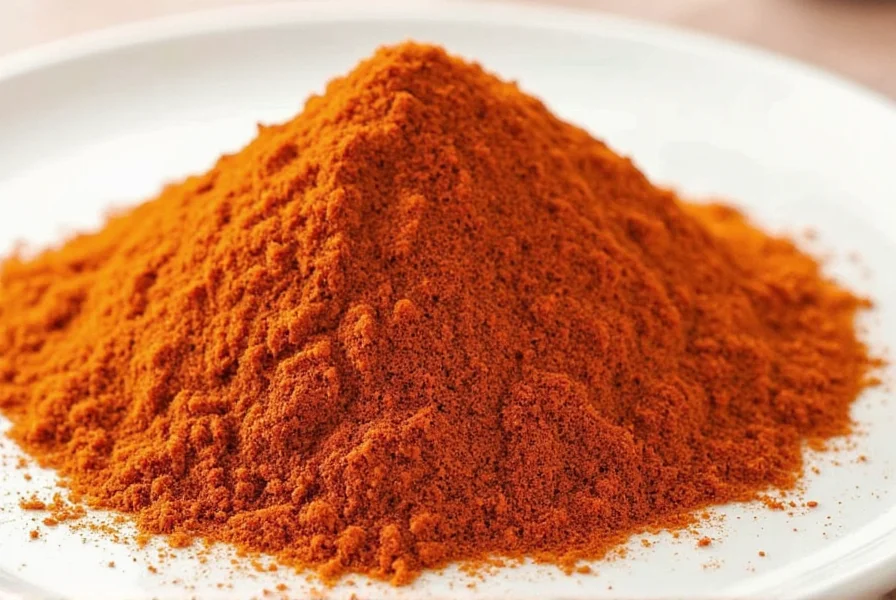
Choosing the right Aleppo chili pepper substitute depends on two main factors: the flavor you want and the heat level you can handle. Here's a quick summary:
- Closest Match: Maras Pepper — identical in aroma and heat.
- Best Budget Option: Crushed Red Pepper Flakes — always in your pantry!
- For Mild Dishes: Ancho Chili Powder — adds sweetness without the burn.
- For Smoky Depth: Smoked Paprika — perfect for hearty meals.
- For Maximum Heat: Cayenne Powder — bold and powerful.
So next time you're out of Aleppo chili pepper, reach for one of these tasty alternatives and keep your dishes deliciously spiced. Happy cooking!

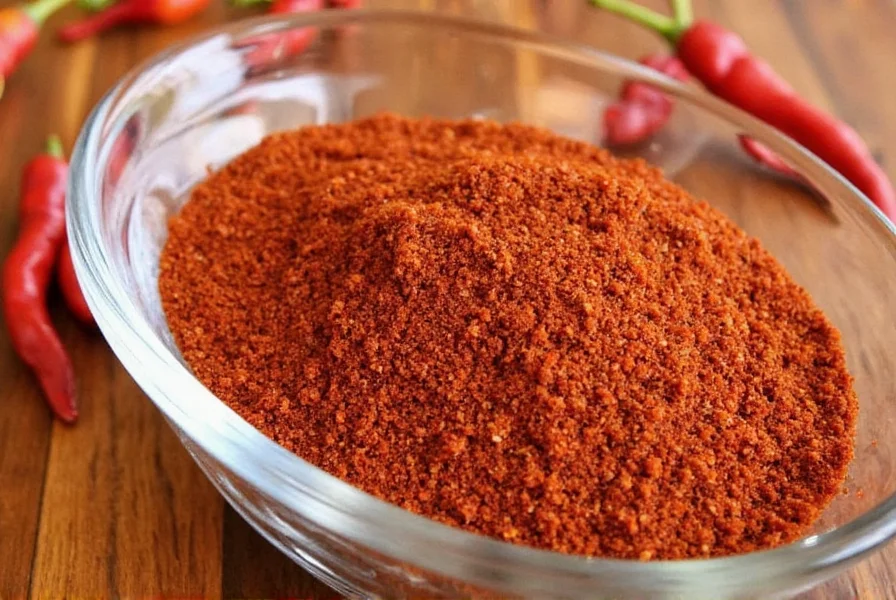









 浙公网安备
33010002000092号
浙公网安备
33010002000092号 浙B2-20120091-4
浙B2-20120091-4